Project Poplin - Soviet Request For A Better 5.45 Light Machine Gun

Light machine guns and automatic rifles emerged shortly before the First World War to enhance the firepower of infantry units. By the end of World War II, these weapons were typically employed within a fire team or squad. In modern military structures, infantry units are formed with tactics centered around using light machine guns for suppressive fire. In the early 1970s, the Soviet Union recognized the need to enhance the firepower of infantry squads as they had previously moved from the RPD to the RPK. While the RPK light machine gun was in service, it functioned more like an automatic rifle, with limited effectiveness in providing high volumes of fire. In response to this need, the development of the 5.45 mm light machine gun program, known as "Poplin," was initiated in 1973 by order of the Minister of Defense of the USSR.
From 1973 to 1978, work was carried out at the Izhevsk Machine-Building Plant. The all-star design team for the various versions included Y.K. Alexandrov, V.M. Kalashnikov (son of Mikhail Kalashnikov), and M.E. Dragunov (son of Yevgeny Dragunov). This development was part of the “Poplin” R&D program, funded by the Soviet Army, and aimed to create a new 5.45-mm light machine gun. The goal was to achieve a 1.5 to 2 times improvement over the existing RPK light machine gun.
To increase efficiency, the development focused on creating a machine gun with a new combined feed system that could utilize magazines and belts. Including a belt feed would have been enough to significantly enhance the performance of the light machine gun for the Soviets, but they wanted to try new features. At the time, the dual-feed feature was gaining popularity. It is possible that the Soviets were inspired by their observations and chatter of FN Herstal, where Ernest Vervier was working on the FN MINIMI, a light machine gun. The prototype was released in 1974, and the US Army evaluated it in 1975. FN introduced its dual-feed system between 1975-76.
With the introduction of the 5.45 mm cartridge, efforts to improve the practical rate of fire for light machine guns continued during this period, as the 7.62x39 cartridge began to transition to the newer cartridge. As part of the experimental design project "Poplin," engineers at the Izhevsk Machine-Building Plant focused on four key areas: large-capacity magazines, belt-fed machine guns, specialized feed devices, and machine guns featuring a combined or dual feed system.
The Guns
Though significantly miniaturized, all versions operated with a newly developed push-through belt inspired by the NSV machine gun. It was, in Soviet fashion, a non-disintegrating design. From what I could find, no Rakov machine or belt loader was developed.
The PU light machine gun was designed with a combined feed mechanism to compete or to investigate what the West was doing at the time. This was nothing new as the Czechoslovak-designed Vz.52 light machine gun was the first to do this, and it was adopted in 1952. The PU underwent testing, where recommendations were made for conducting field tests. After modifications, the machine gun was designated the PU-1. A negative aspect is that the system operates via a closed bolt as it is a modified RPK but features a gas regulator to better suit a dual-feed system. In 1976, the PU-1 was successfully tested by the Ministry of Defense.
In 1977, the model was radically changed. The gas system was moved under the barrel and more in line with a traditional belt-fed machine gun. Here, the weapon follows more of the FN Minimi as the magazine feature becomes a secondary feature only for emergencies. The new machine gun was assigned the designation PU-2.
The PU-2 had a unique feature: it could change the direction of the belt feed, which made this light machine gun's design more complex and unnecessary for a light machine gun. The PU-21 introduced a gas regulator that was added to accommodate both magazine and belt feeding. Using a belt feed requires more energy to pull the belt and ensure reliability. In contrast, a magazine feed requires less gas and a slower bolt velocity for proper feeding from the magazine.
The last version is the PU-21. The ability to change feed direction was ditched. The layout remained the same. The system is now operated with an open bolt.
Thoughts and Conclusion
All the systems show significant change as the project evolved, though none featured a removable barrel. This is not a bad thing, as I've covered before; the Soviets don’t usually change barrels for sustained fire compared to the West, at least in training we do. The necessity of a dual feed system is more of a novelty and not of necessity. For the warfighter, it adds weight and can lead to reliability issues that can reduce combat effectiveness; for the big Army, it increases production time and cost with very little return.
In the mid-1970s, the Soviet Army did not fully recognize the necessity of a dual-feed system, resulting in the project's termination in 1978. Theoretically, a simple solution would have been eliminating the dual-feed feature and instead developing an effective belt-fed 5.45mm light machine gun. However, the RPK-74 continued to serve as the Soviet light machine gun. As Russia re-evaluates the need for a 5.45mm light machine gun, it will be interesting to see if the new models gain more traction.
Sources:
- https://vk.com/video-1502251_456239443
- 5,45мм опытные ручные пулеметы ПУ-1 и ПУ-21 / 5,45mm experimental PU-1 and PU-21 light machine guns
- US4112817A - Supply device for a portable firearm by means of cartridge belts or by means of rifle magazines using the same ammunition - Google Patents
- #813 - Infantry v.63:4-66:3(1973-1976). - Full View | HathiTrust Digital Library

Lynndon Schooler is an open-source weapons intelligence professional with a background as an infantryman in the US Army. His experience includes working as a gunsmith and production manager in firearm manufacturing, as well as serving as an armorer, consultant, and instructor in nonstandard weapons. His articles have been published in Small Arms Review and the Small Arms Defence Journal. https://www.instagram.com/lynndons
More by Lynndon Schooler










![[IDEF 2025] UPM 200 Heavy Machine Gun From Kazakhstan](https://cdn-fastly.thefirearmblog.com/media/2025/08/05/12361/idef-2025-upm-200-heavy-machine-gun-from-kazakhstan.jpg?size=350x220)
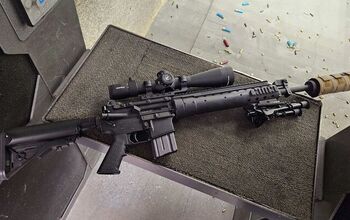
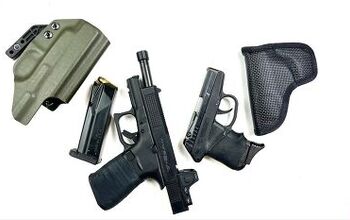

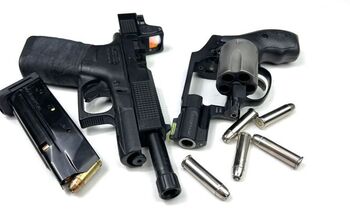
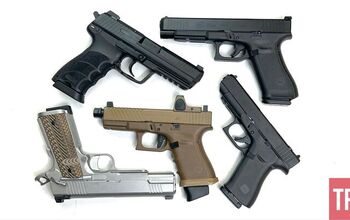

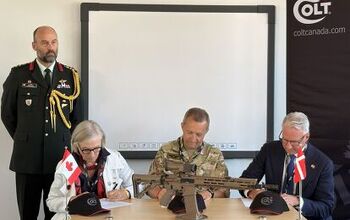
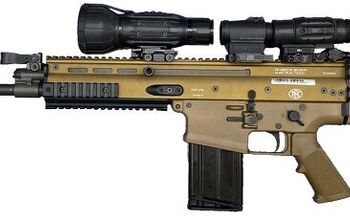

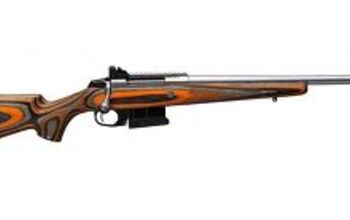
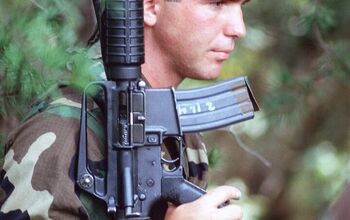
![[DEFEA 2025] Armenian Maktes Arms T-AB 2A DMR Rifle](https://cdn-fastly.thefirearmblog.com/media/2025/05/05/15561/defea-2025-armenian-maktes-arms-t-ab-2a-dmr-rifle.jpg?size=350x220)

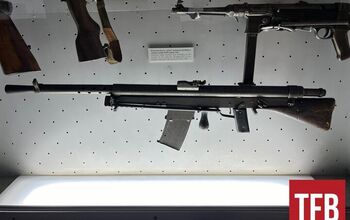
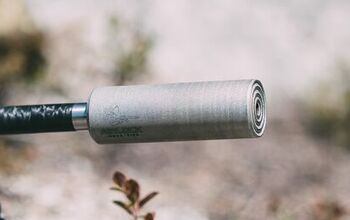

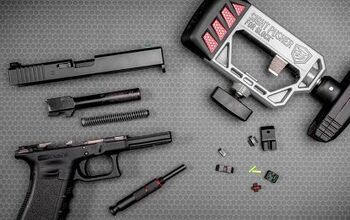
Comments
Join the conversation
The magazine feed system for the M-249 was reliable unless you used "Aluminum Magazines". They begin to deform immediately when used the first time in rifles, the retaining lips begin to spread, and the feed lip wears quickly. Steel and polymer mags do not suffer from this problem. BTW when I was in the Army years ago the number one cause of system failure while firing the M-16s was worn out magazines.